

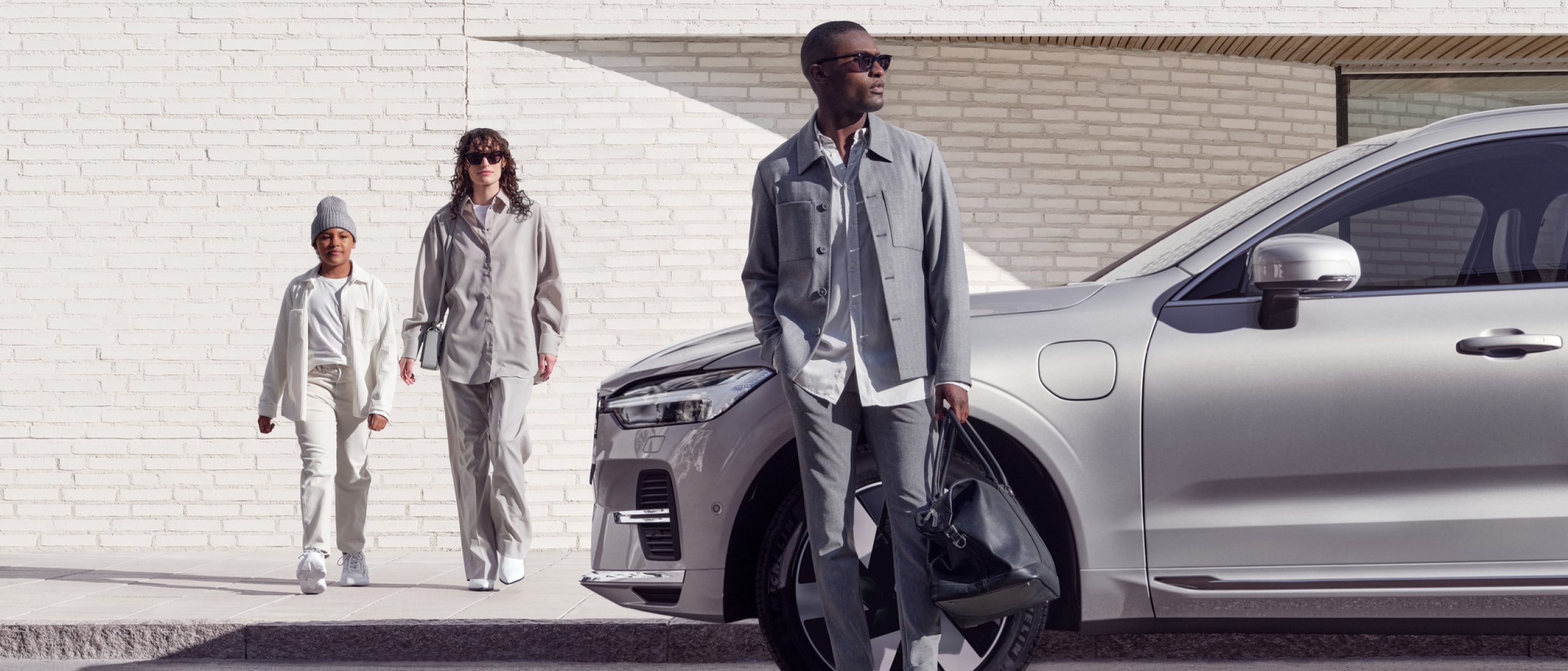
Volvo aims to pioneer safe and intelligent technology solutions in mobility to protect what is essential to people's everyday lives. Volvo focuses on safety so you can drive with peace of mind.
Volvo's most acclaimed Lifesaver
In 1959, Volvo cars engineer Nils Bohlin introduced the three-point safety belts to Volvo cars. As one of the most important inventions in car safety, it has so far saved over one million lives.
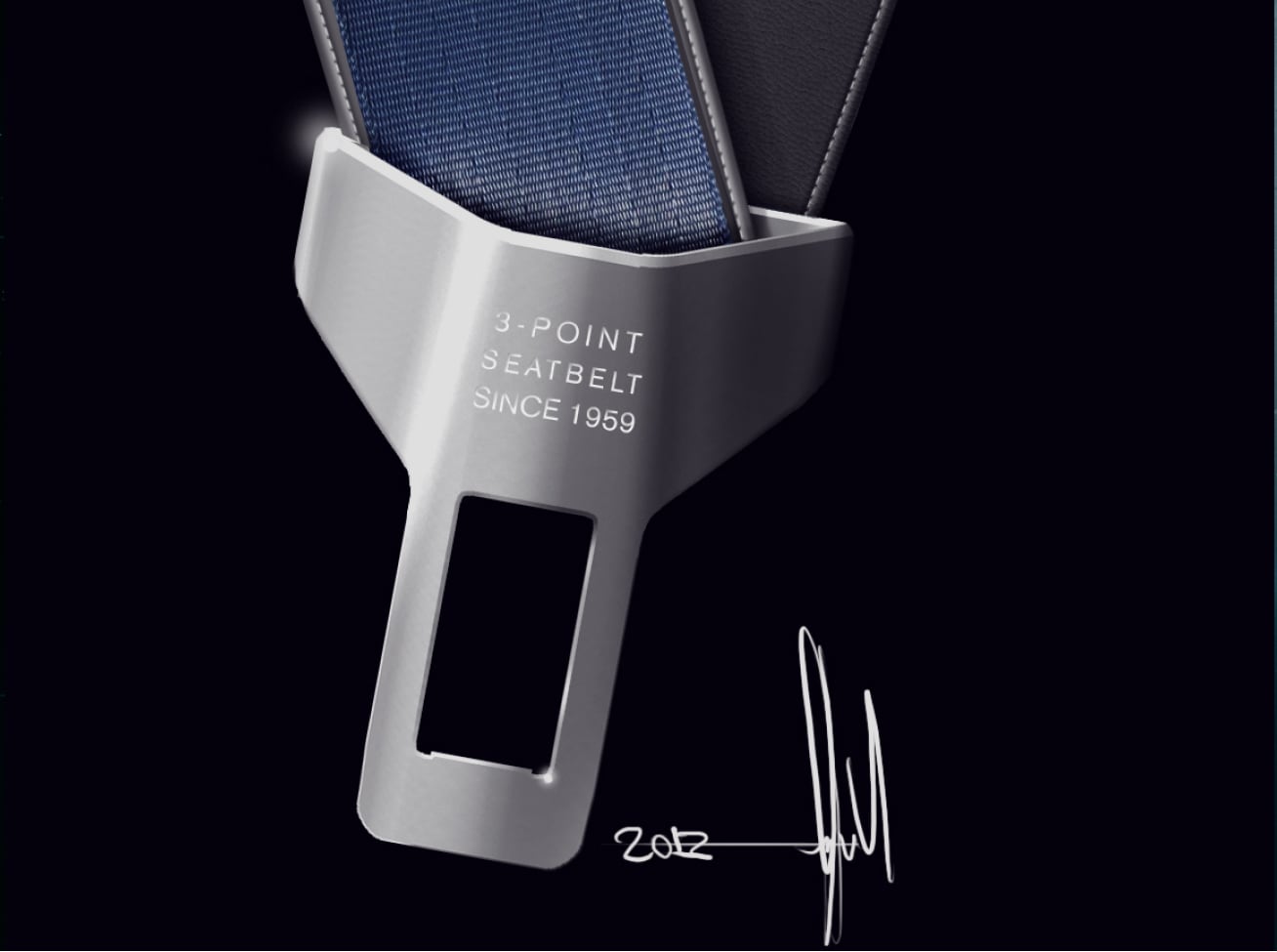
A leader in the field for decades, safety is part of Volvo's heritage and the backbone of our company. They’ve always been a human-centric brand that cares for the people around them.
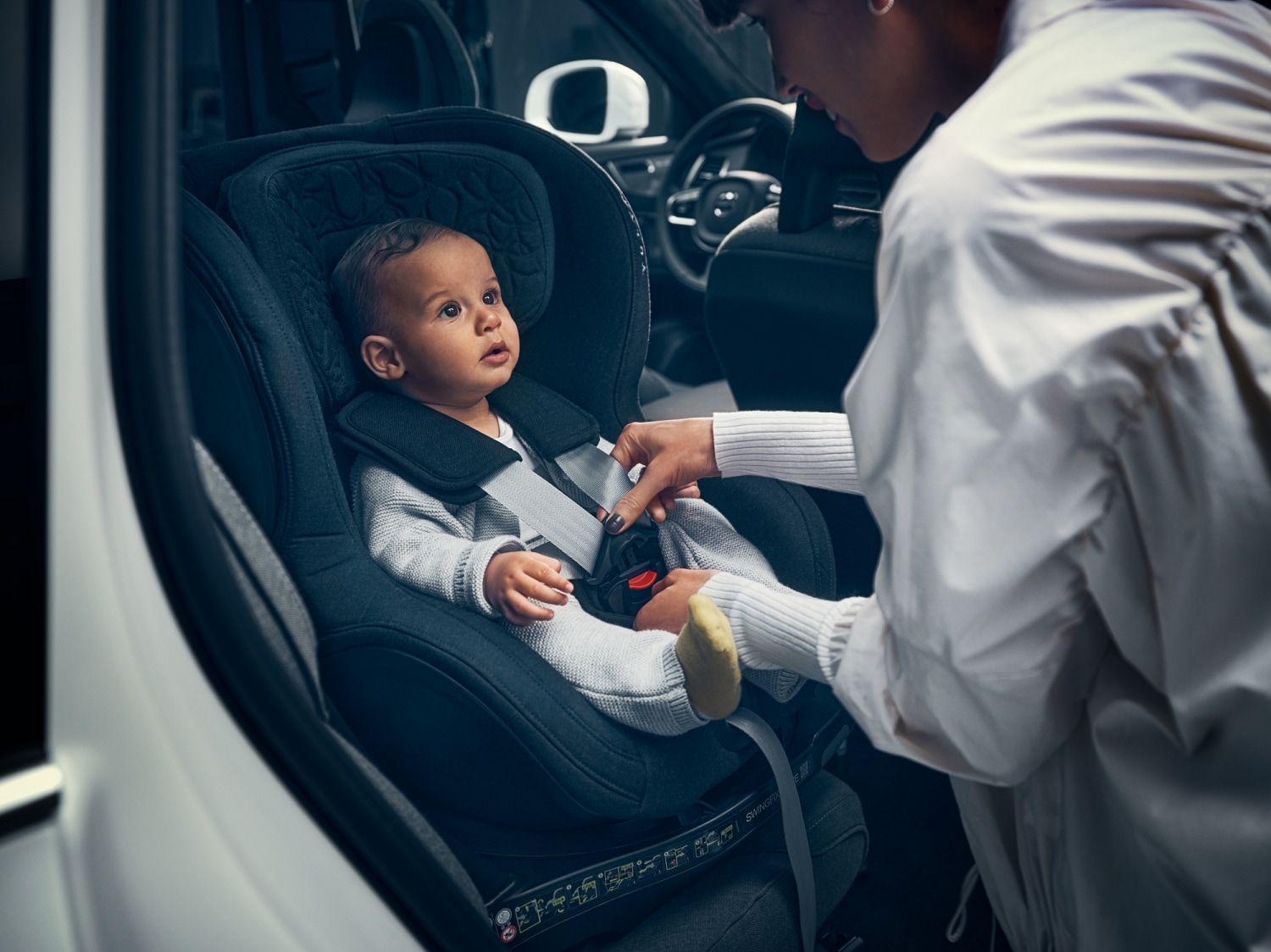
The next level of safety relies on advanced technology. Therefore, Volvo constantly strives to raise safety levels towards their new vision, which is an ambition to have no collisions at all.
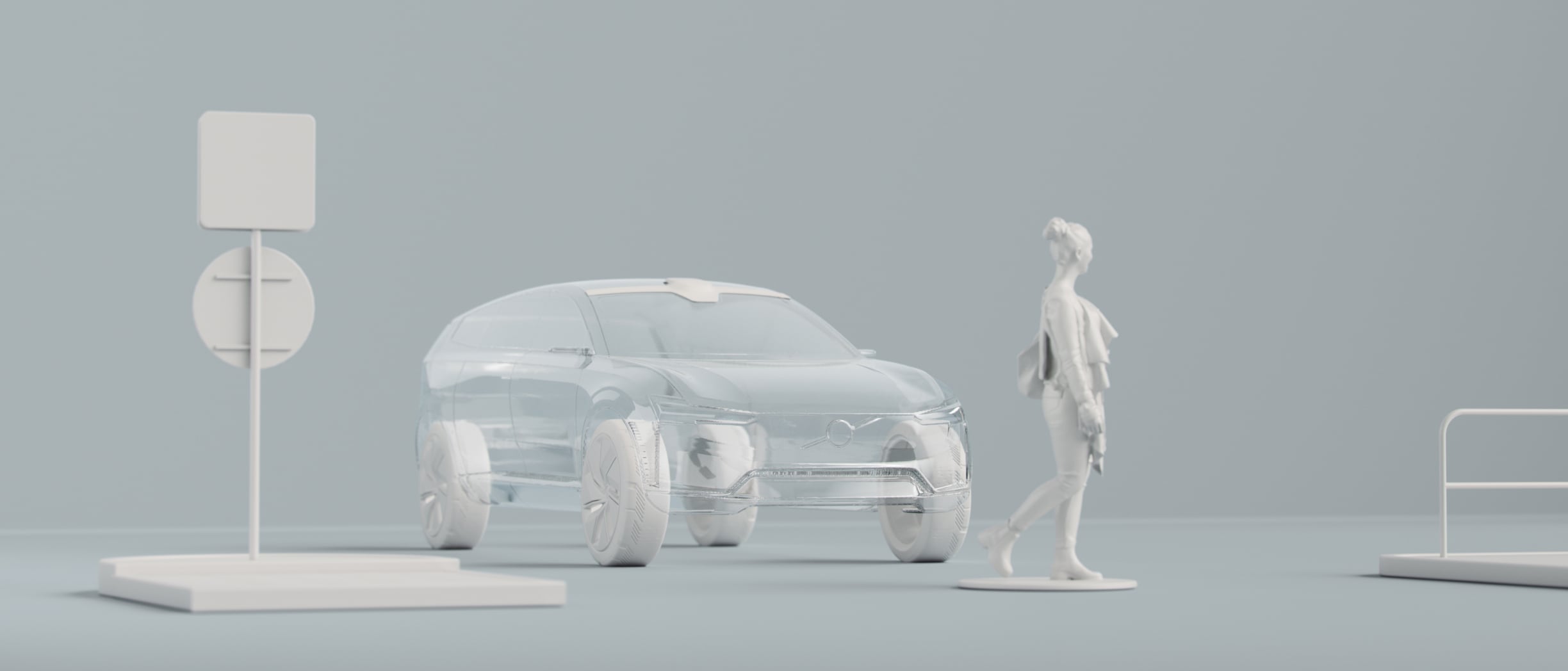
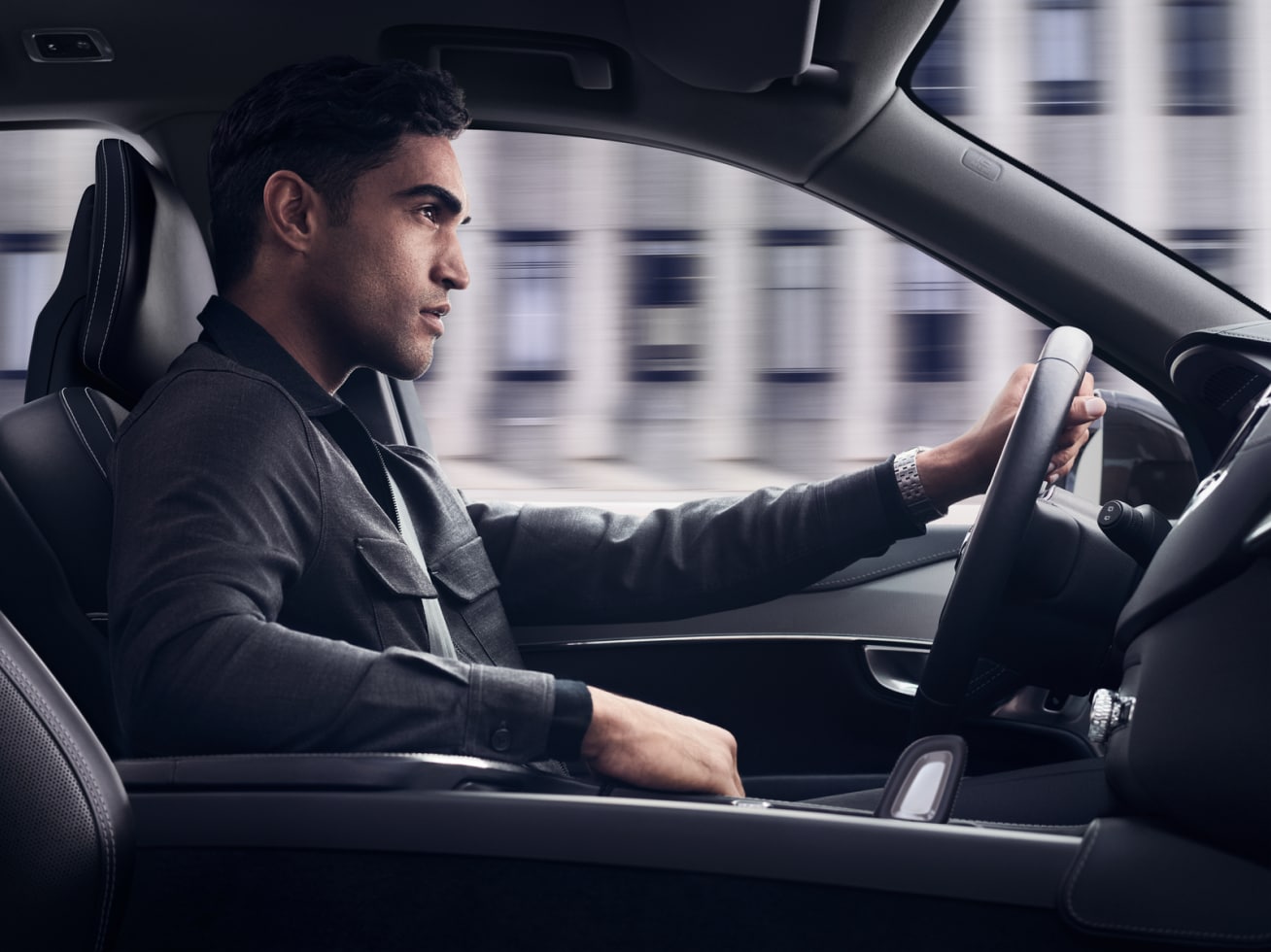
The evolution of safety
By combining state-of-the-art hardware and software for collision avoidance technology, Volvo expects to further raise the level of safety inside and around their future cars.

Steering towards autonomous driving
The next frontier in safety advancements will come with the development of unsupervised autonomous driving technology. Guided by Volvo's safety heritage and vision of zero collisions, they aim to spearhead that development.
Safety is so much more than sticking a label to a product. Volvo Cars' culture aims to ensure that every individual and every team across the company is firmly committed to having safety as their highest priority.
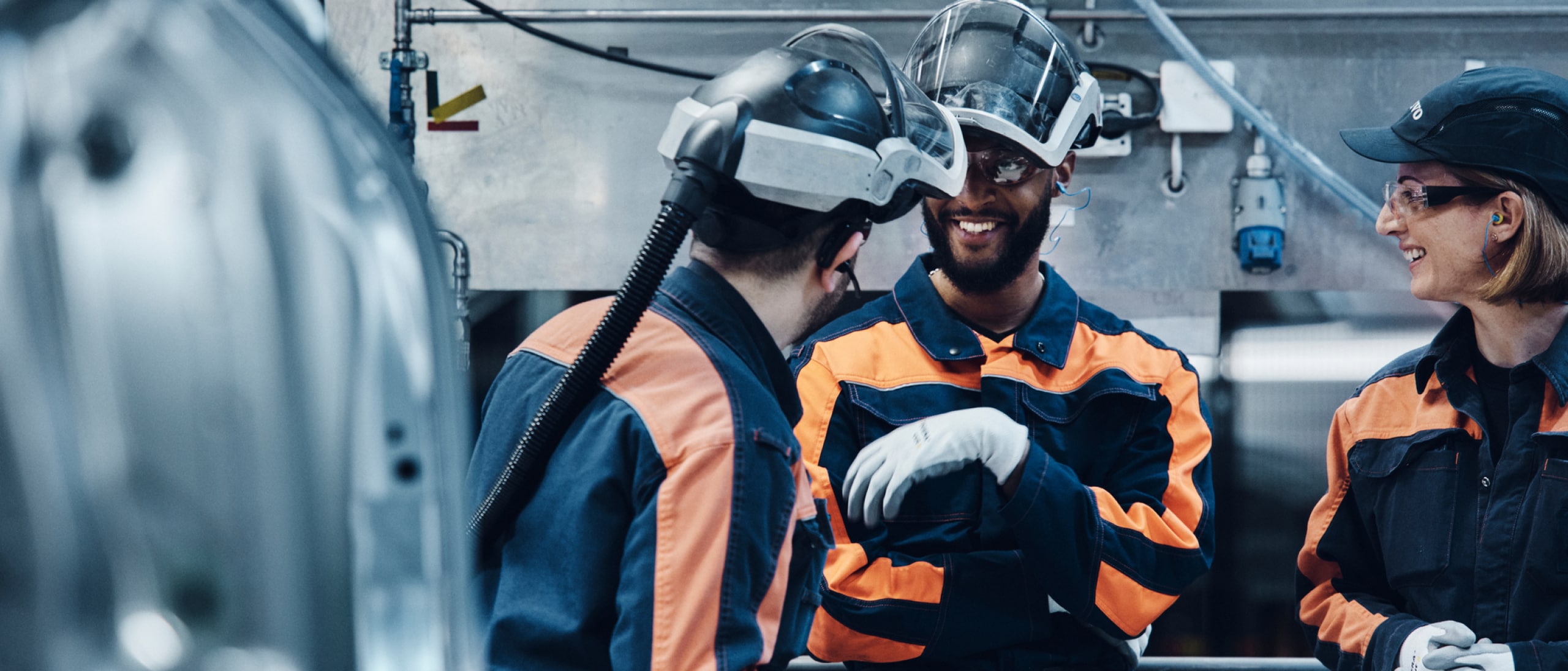
The Future of safety leadership
Volvo always strives to equip its cars with safe and intelligent technology to protect what's important to people. Building on their heritage, they’re now aiming for a new era of safety.
Gustaf Larson, co-founder of Volvo
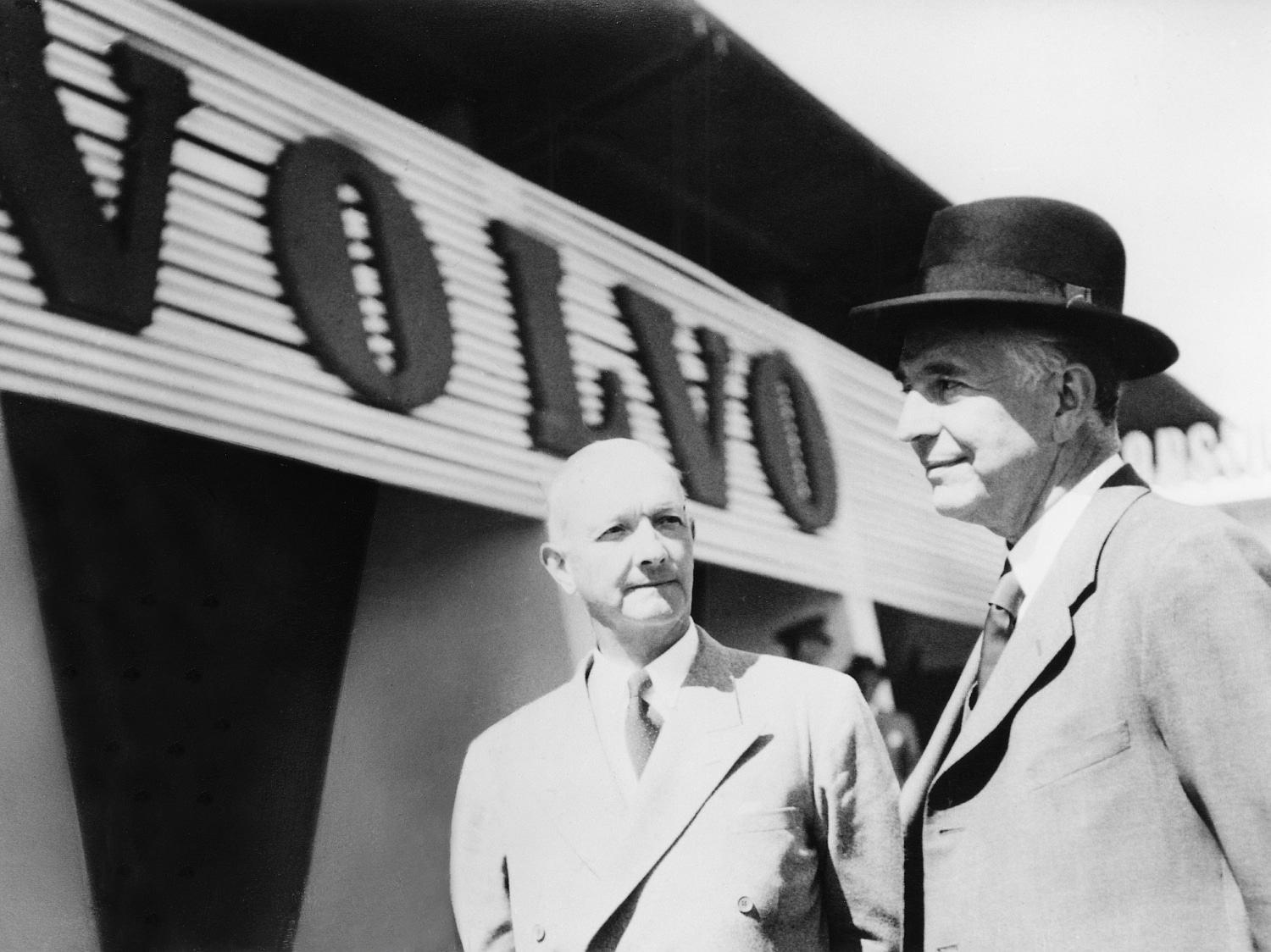
The Care key enables Volvo owners to put a speed cap on the car when lending it to a friend, family member or less-experienced driver, for example.
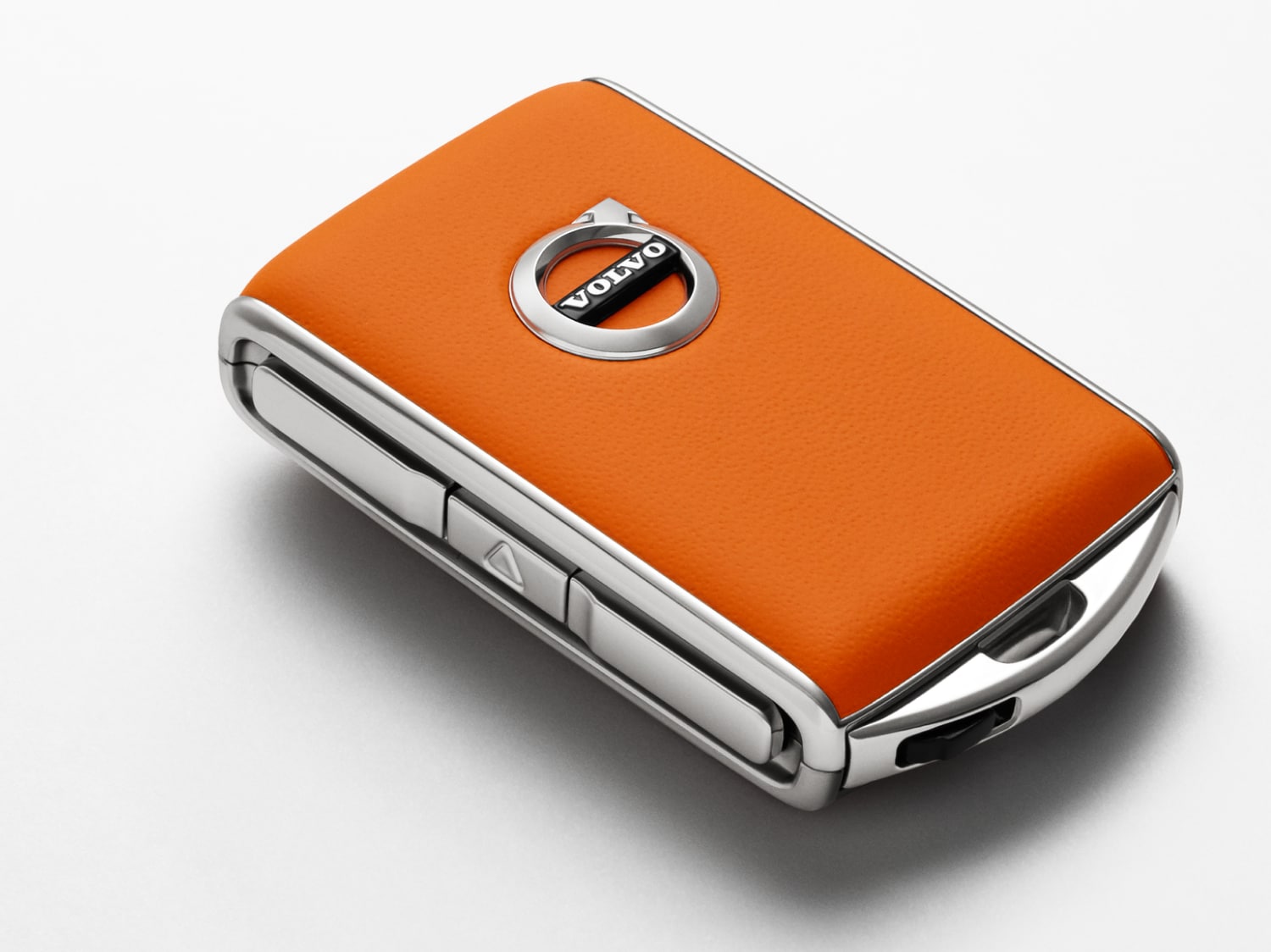
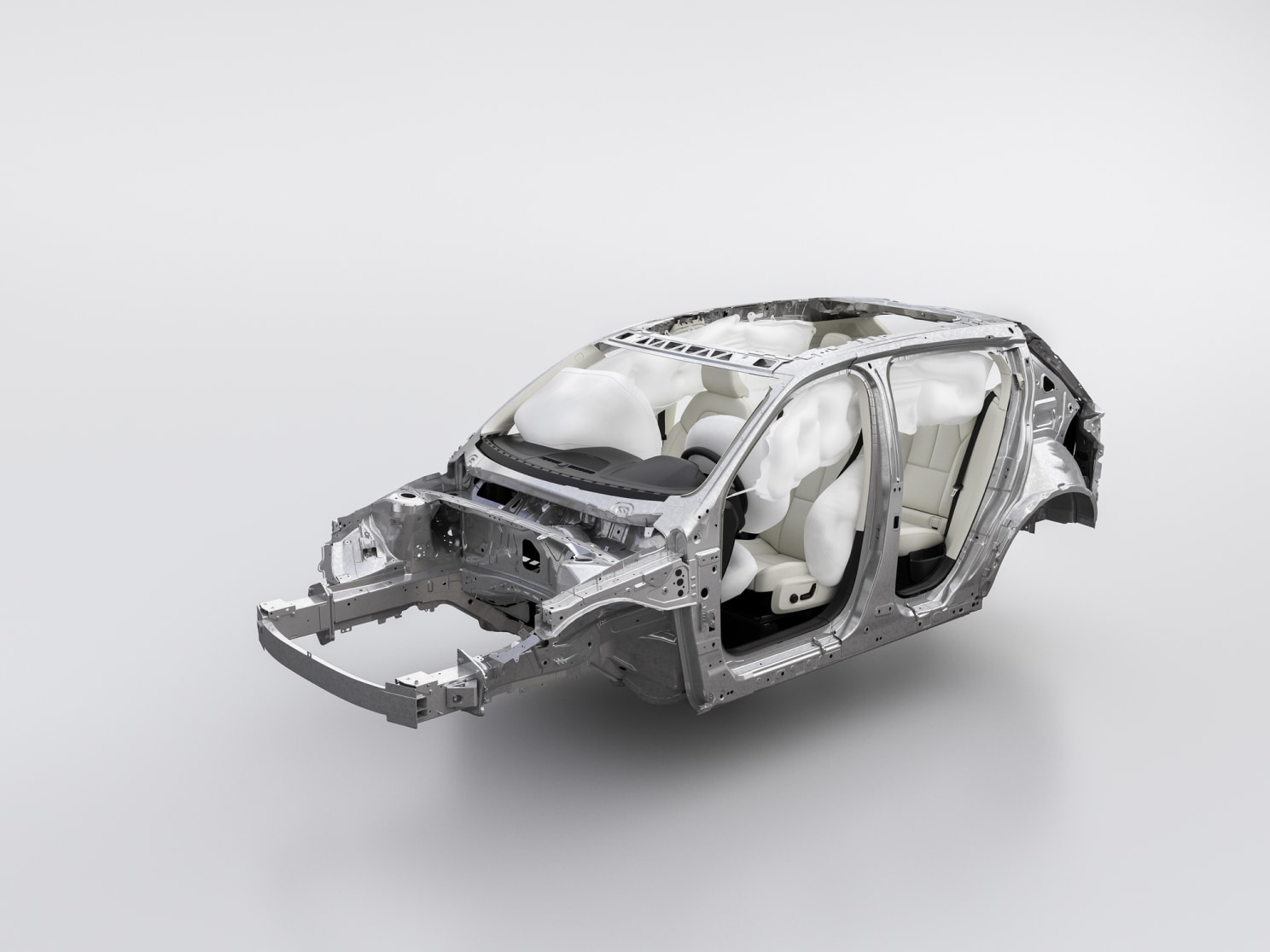
We’ve contributed to airbag development through innovations such as torso airbags and inflatable curtains. Our cars feature a range of airbags that help protect occupants in the event of a collision.
To send a strong signal about the dangers of speeding, all new Volvo cars come with a speed limit of 111.8 mph since 2020.
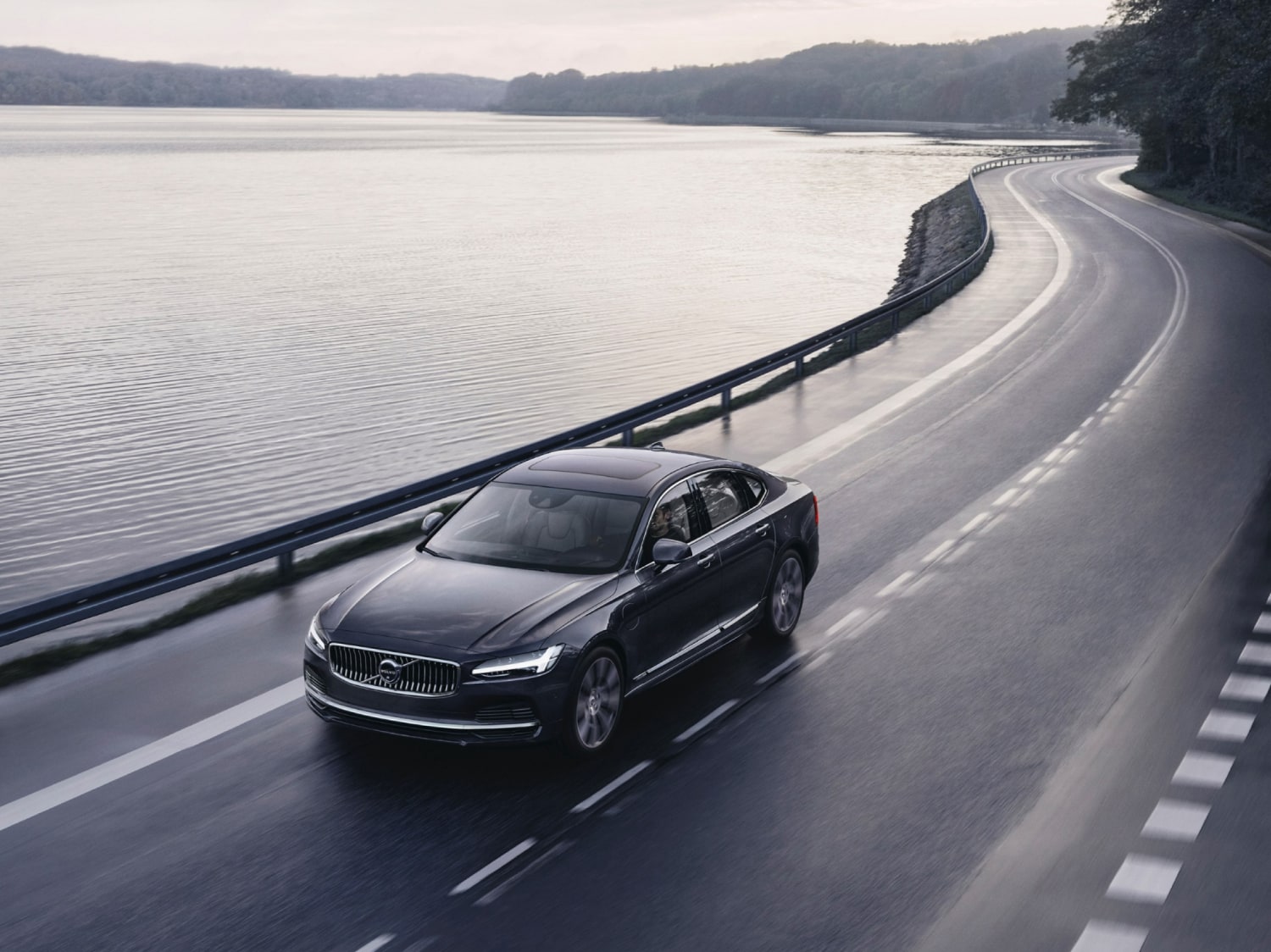
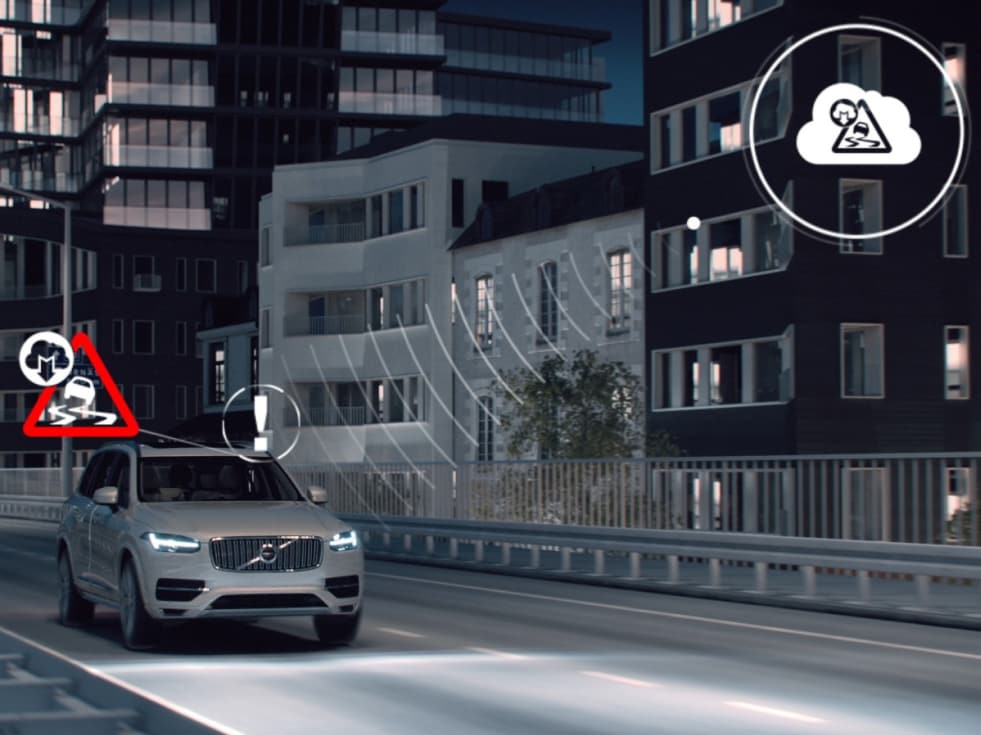
If a connected Volvo car in your area has come across slippery road conditions or has its hazard warning flashers activated, you will be alerted of what's ahead in the driver display or the optional heads-up display.
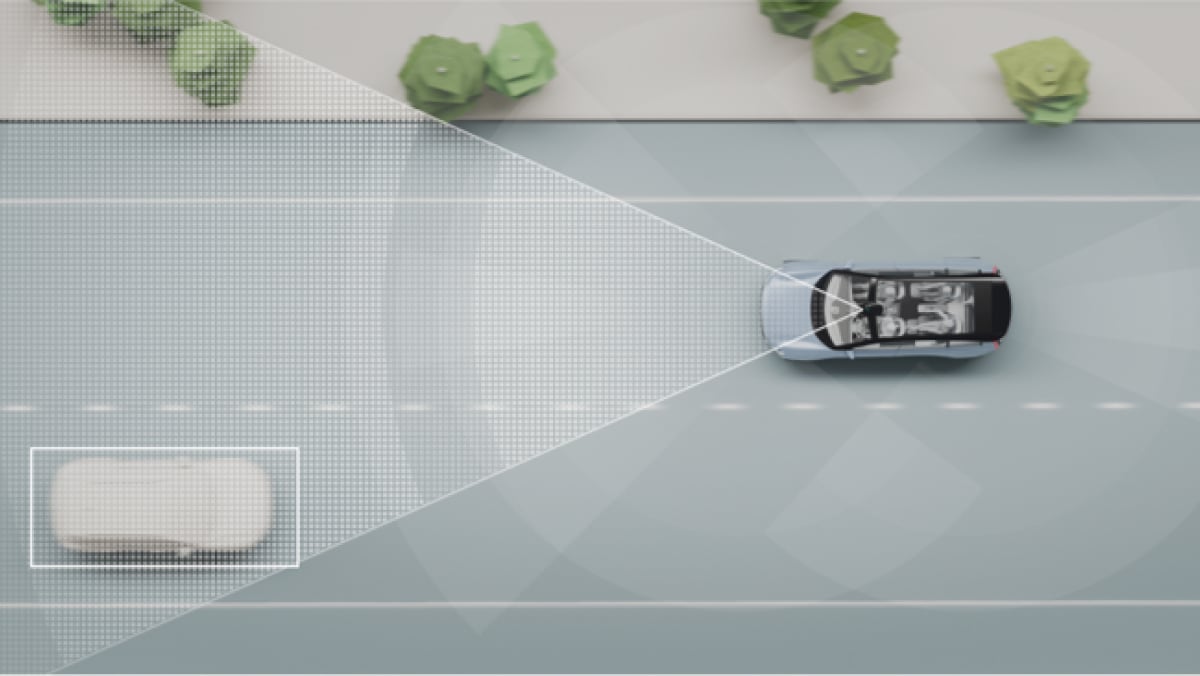
Zero collisions
In 2007, Volvo had a vision stating that no one should be seriously injured or killed in a new Volvo car. This commitment helped them make some bold decisions. Today, they go one step further, aiming for no collisions at all.
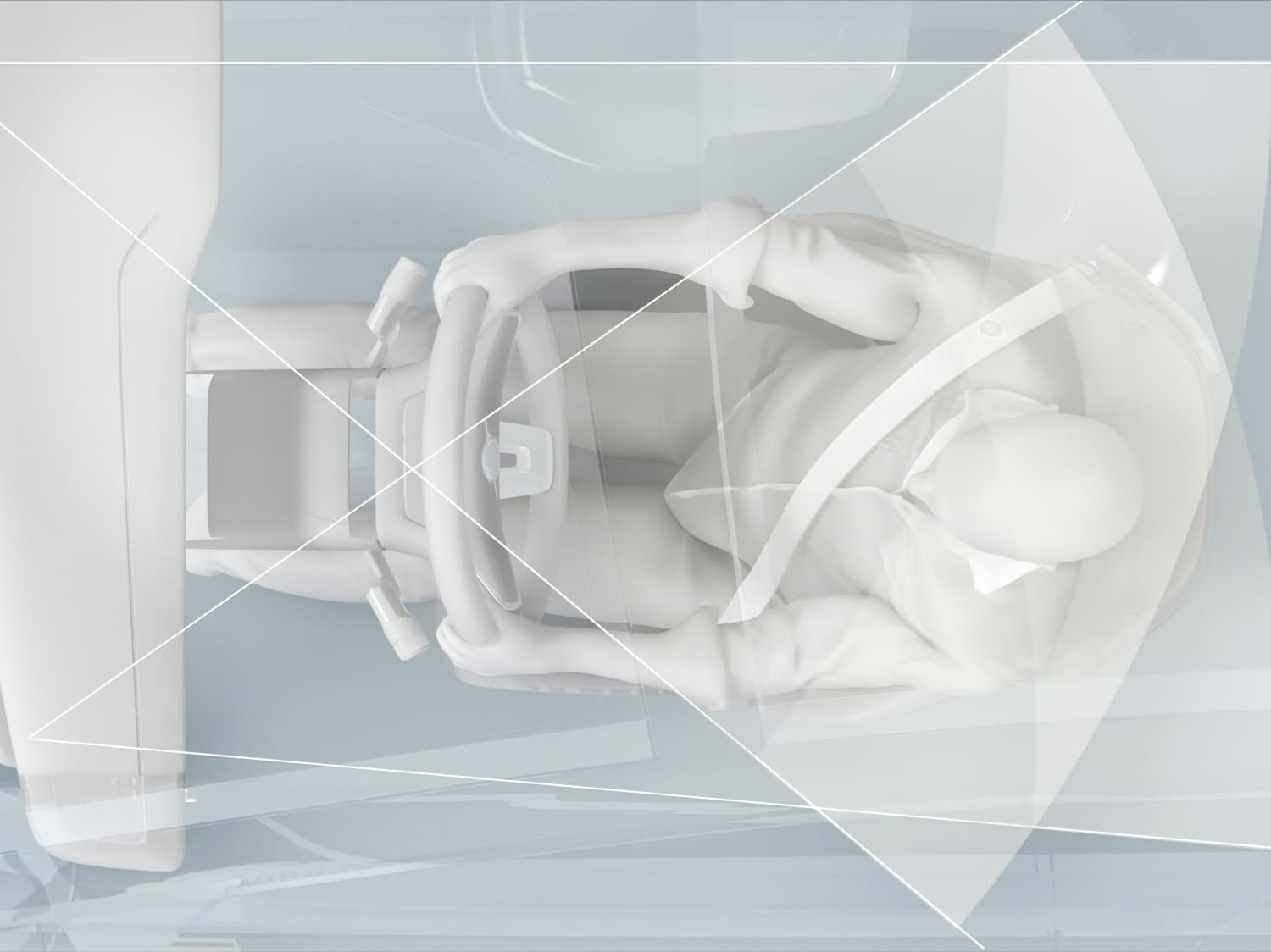
We all like to think that we’re good drivers, but we also know that even the best among us make mistakes. That’s why Volvo's next step is to introduce interior sensing as standard in the upcoming Volvo EX90 – to step in and support you when you’re not at your best.
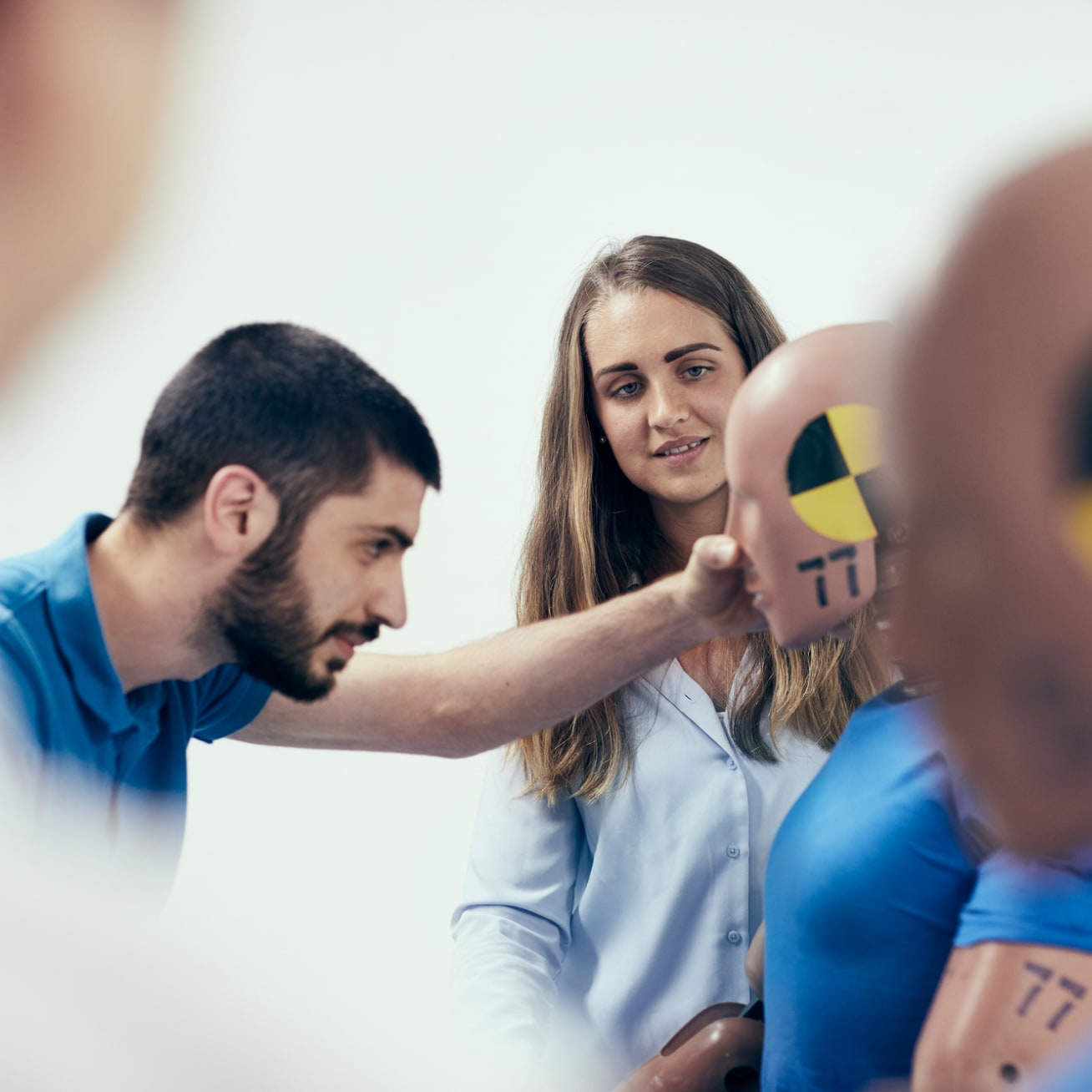
A world of data
Since the Volvo accident research team was established in 1970, they have studied more than 43,000 cars in real-life accidents involving approximately 72,000 people. This research has helped generate some of the most important systems and functions in the history of car safety.
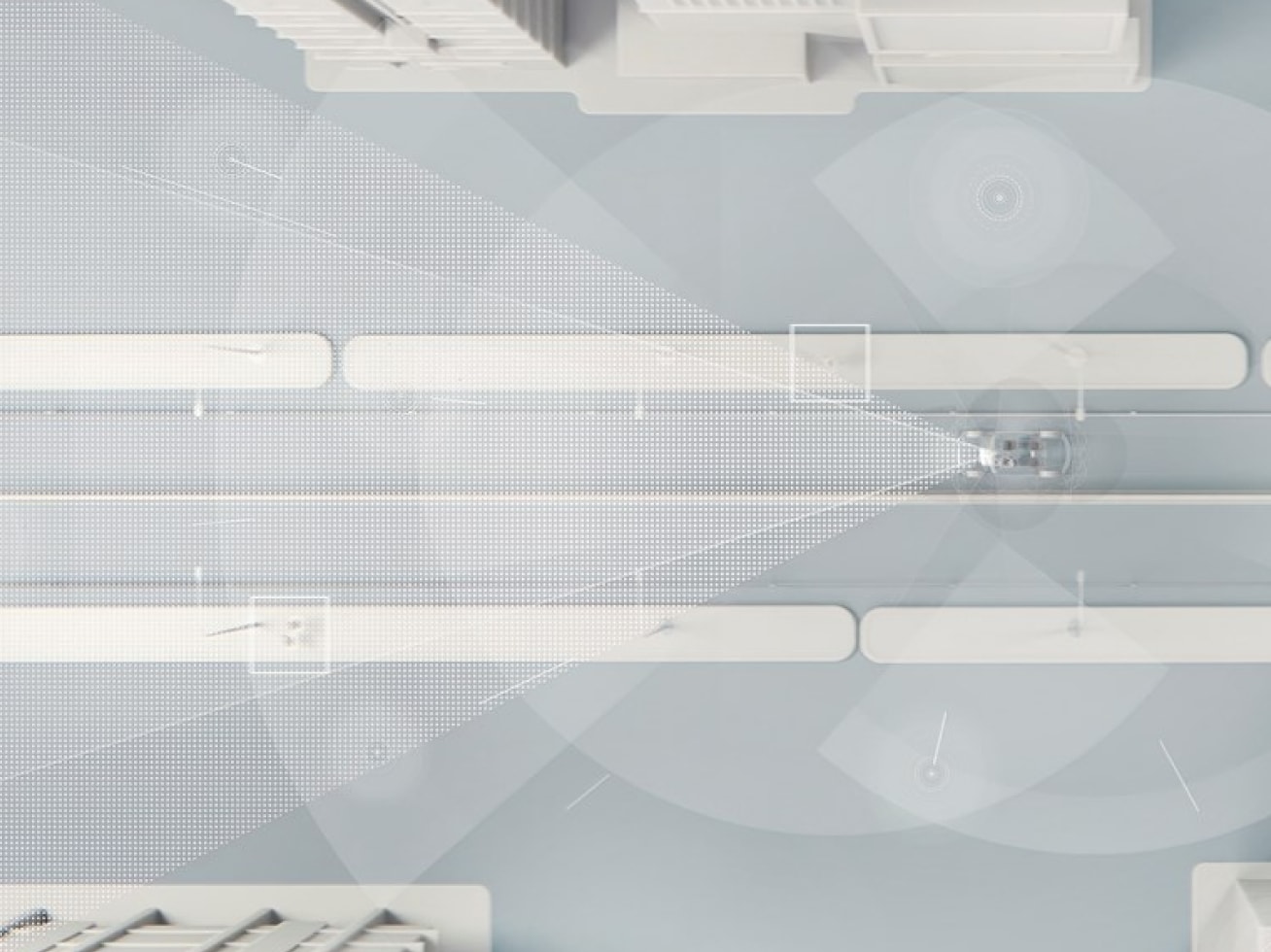
Driven by the Zero collisions vision, we’re making lidar and an AI-driven supercomputer standard in the first of the next generation electric cars, the Volvo EX90. This allows them to continuously improve safety features over the air and gradually introduce unsupervised autonomous driving.
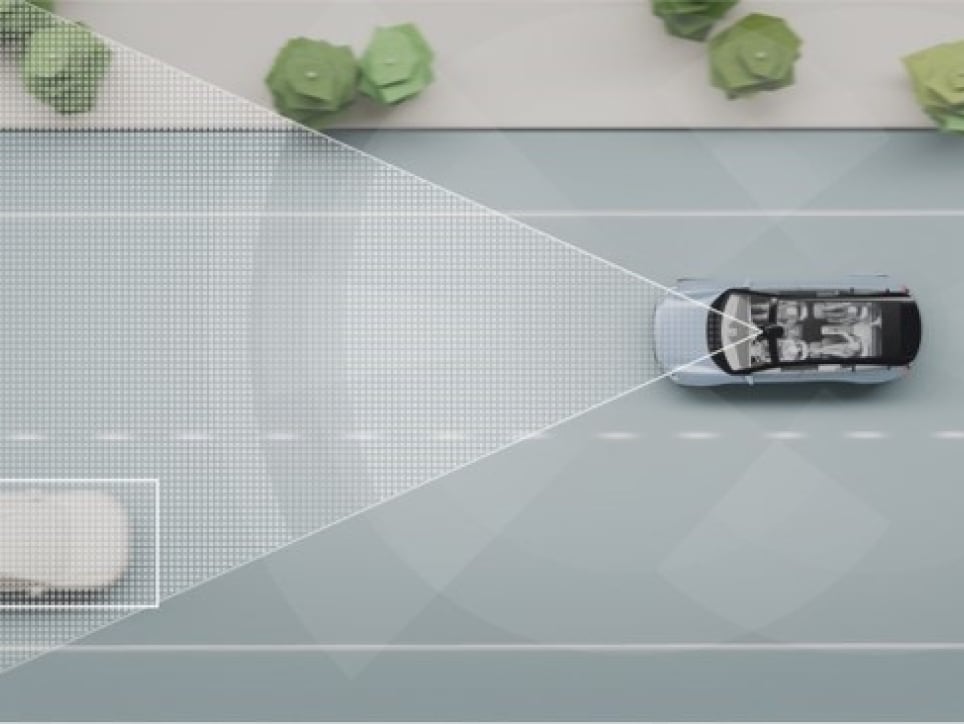
The next generation Volvo cars will be able to provide fully safe and unsupervised autonomous driving, allowing customers to save time and engage in secondary activities.
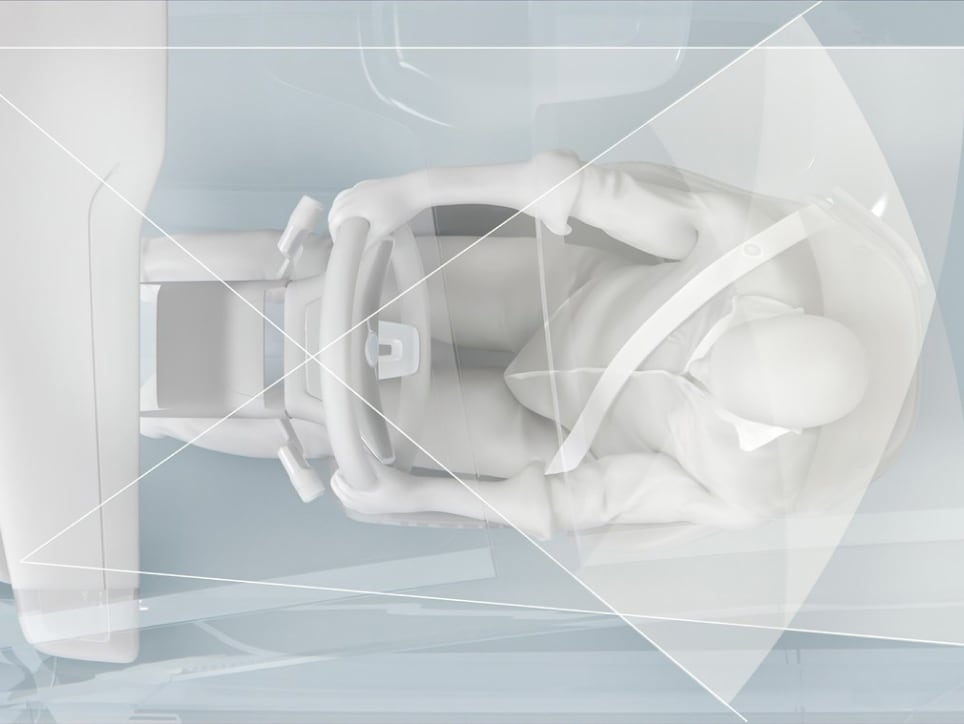
This 2-camera system can detect when the driver is distracted, sleepy or even intoxicated. The system will activate a protective shield and take appropriate countermeasures – from reducing speed to braking to a complete stop – to help keep you safe when needed.
Collision avoidance
Intelligent systems help you avoid or mitigate a collision with other vehicles, pedestrians and cyclists through audible, visible and brake pulse warnings. If a collision is imminent, the car can brake automatically.
Lane-keeping aid
If you're about to cross a lane marking without using the indicator, your car can gently steer you back into the lane. If needed, you'll also be alerted to vibrations in the steering wheel.
Run-off road mitigation
If you cross the outer lane marking at speeds between 40.3 mph and 86.9 mph, this system will help you steer the car back on the road. It can also activate the brakes to help keep you on the road.
Cross-traffic alert with auto brake
This system covers your back when reversing out of a parking space, with warnings for approaching vehicles and auto brake for an imminent collision.
Blind Spot Information System (BLIS)
When a vehicle enters your blind spot or approaches rapidly in a lane on either side of your car, BLIS can alert you via a light in the left or right door mirror and steer your car back into your lane.
Surround view camera
Four high-definition cameras give you a 360° bird's eye parking view so you can enter or exit any confined space with confidence.